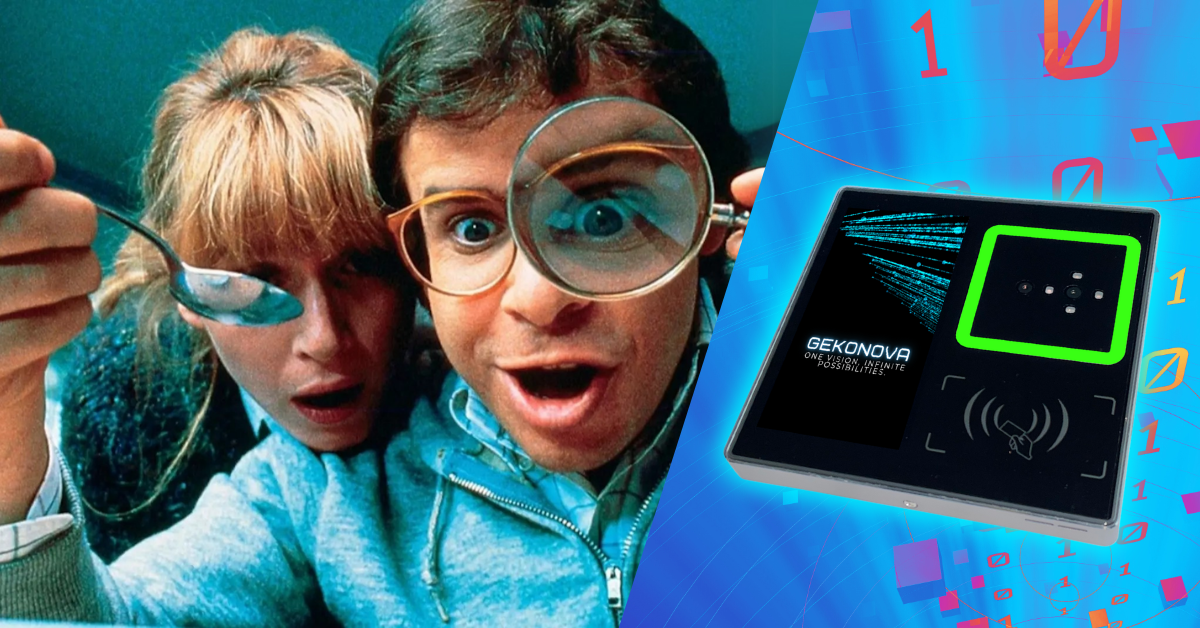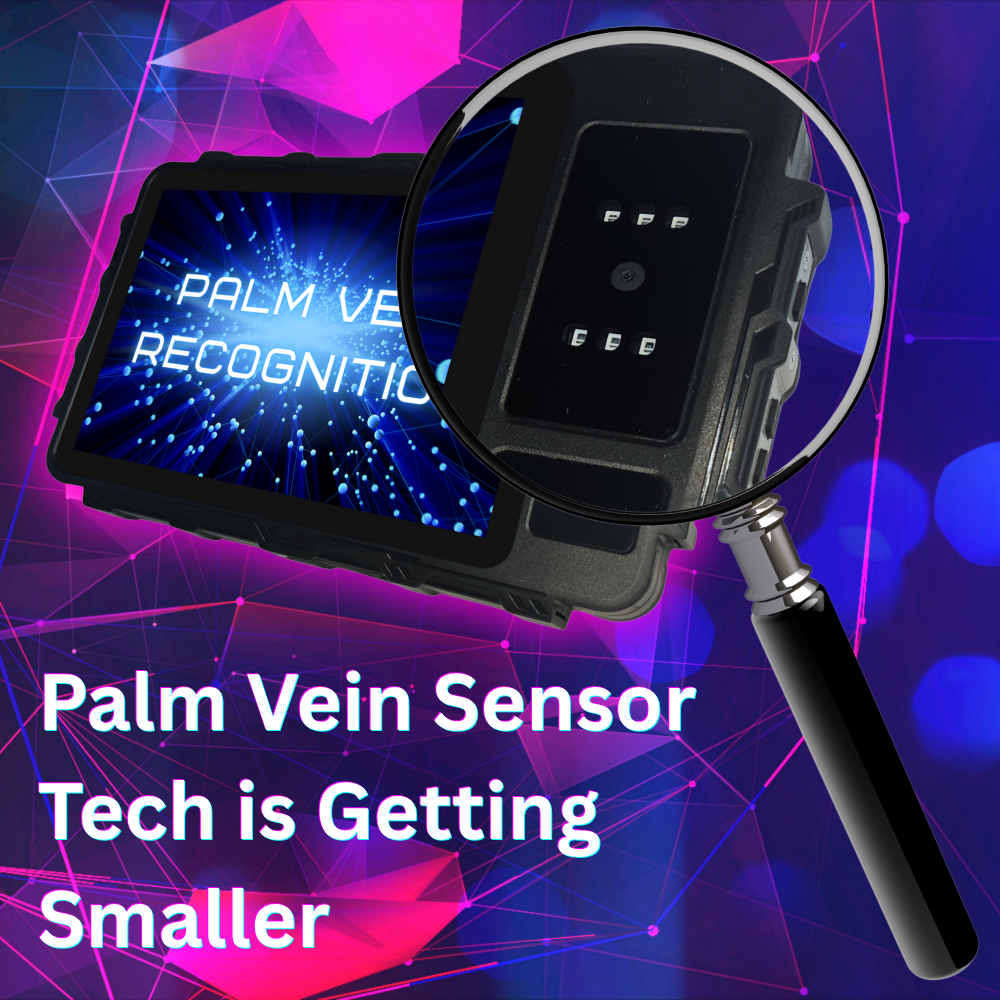Categories
Palm Vein Sensor Tech, a biometric method using near-infrared light to map unique vein patterns, offers unparalleled security with a false acceptance rate of 0.00008%. Its internal, tamper-resistant nature makes it ideal for high-security applications. As mobile devices and IoT ecosystems demand smaller, efficient solutions, miniaturization is key to embedding these sensors into smartphones, wearables, and connected devices.
This article delves into the advancements driving Palm Vein Sensor miniaturization, exploring innovations, challenges, and its transformative potential for mobile and IoT integration.

Palm Vein Sensor Tech captures vascular patterns beneath the skin using near-infrared light, generating a biometric template that is nearly impossible to forge. Its precision surpasses many biometrics, like fingerprints, but traditional bulky sensors and power-intensive light sources have restricted its use in compact devices. Miniaturization breakthroughs are now enabling Palm Vein Sensor Tech to meet the size, power, and cost demands of modern mobile and IoT environments, paving the way for widespread adoption.
Miniaturizing Palm Vein Sensor Tech addresses the need for compact, low-power, and cost-effective hardware to fit mobile and IoT devices. By reducing sensor size, optimizing energy use, and lowering costs, manufacturers are making these sensors viable for smartphones, smart locks, wearables, and more, ensuring high security without sacrificing performance.
Micro-optics and advanced CMOS technology have reduced sensor dimensions by 60%, with prototypes as thin as 0.8mm suitable for slim smartphones. High-resolution imaging is preserved through miniaturized lens systems and enhanced photodetectors.
Energy-efficient LED modules cut power consumption by 35%, ideal for battery-powered devices like smartwatches. Techniques like dynamic light modulation maintain vein image quality while extending device battery life.
Refined AI algorithms process vein patterns with lower computational demands, enabling authentication on low-power IoT devices. This reduces reliance on high-resolution sensors, cutting costs and enabling real-time verification.
Palm Vein Sensor Tech is integrated into shared components, like smartphone displays or camera systems, minimizing device footprint. For instance, embedding sensors in OLED screens leverages existing optics, streamlining production.
Miniaturizing Palm Vein Tech presents obstacles that require innovative solutions to maintain performance in compact formats.
Smaller sensors risk lower image quality due to reduced light capture. Advanced micro-lens designs and AI-enhanced imaging ensure high-resolution vein mapping.
Compact LEDs must balance light output with energy use. Multi-wavelength LEDs optimize vein detection while keeping power draw low.
Precision micro-optics remain costly. Industry collaboration on standardized designs is reducing expenses through economies of scale.
Miniaturized sensors are prone to ambient light interference. Adaptive optical filters and machine learning corrections enhance reliability across conditions.
Miniaturized Palm Vein Sensor Tech is revolutionizing authentication in mobile and IoT applications, enabling secure, contactless verification in compact devices.
Smartphones and Wearables: Ultra-thin sensors in phone screens or smartwatch straps provide seamless authentication for unlocking or payments, rivaling facial recognition.
IoT Devices: Smart home devices, like doorbells or thermostats, use compact sensors for user-specific access, enhancing security in milliseconds.
Automotive Applications: Sensors in door handles or dashboards authenticate drivers, enabling personalized vehicle settings or secure entry.
Healthcare IoT: Portable medical devices with embedded sensors protect patient data, ensuring compliance in compact, battery-efficient designs.

Palm Vein Sensor Tech is set for broader adoption with ongoing innovations:
Combining palm vein with iris or facial biometrics for multi-modal authentication in compact devices.
Deep learning reduces processing needs, enabling integration into ultra-low-power IoT nodes.
Standardized sensor designs will lower costs, making the tech viable for mass-market devices.
Miniaturized Palm Vein Sensor Technology is transforming mobile and IoT authentication, delivering high security in compact, efficient formats. By overcoming challenges in size, power, and cost, these sensors are set to redefine interactions with smartphones, wearables, and smart ecosystems. As advancements in AI, optics, and integration progress, Palm Vein Sensor Tech will seamlessly secure our connected world, proving that small innovations can yield monumental impacts.